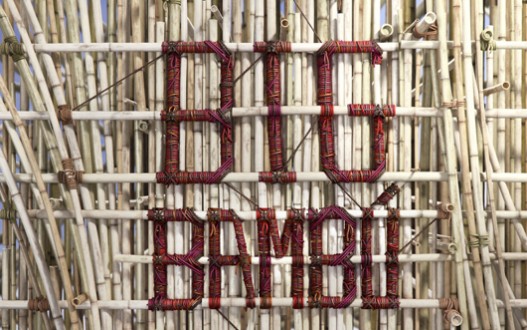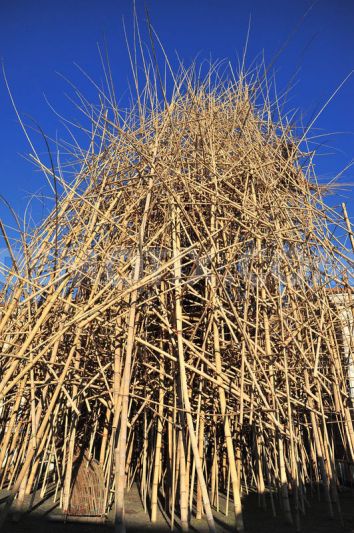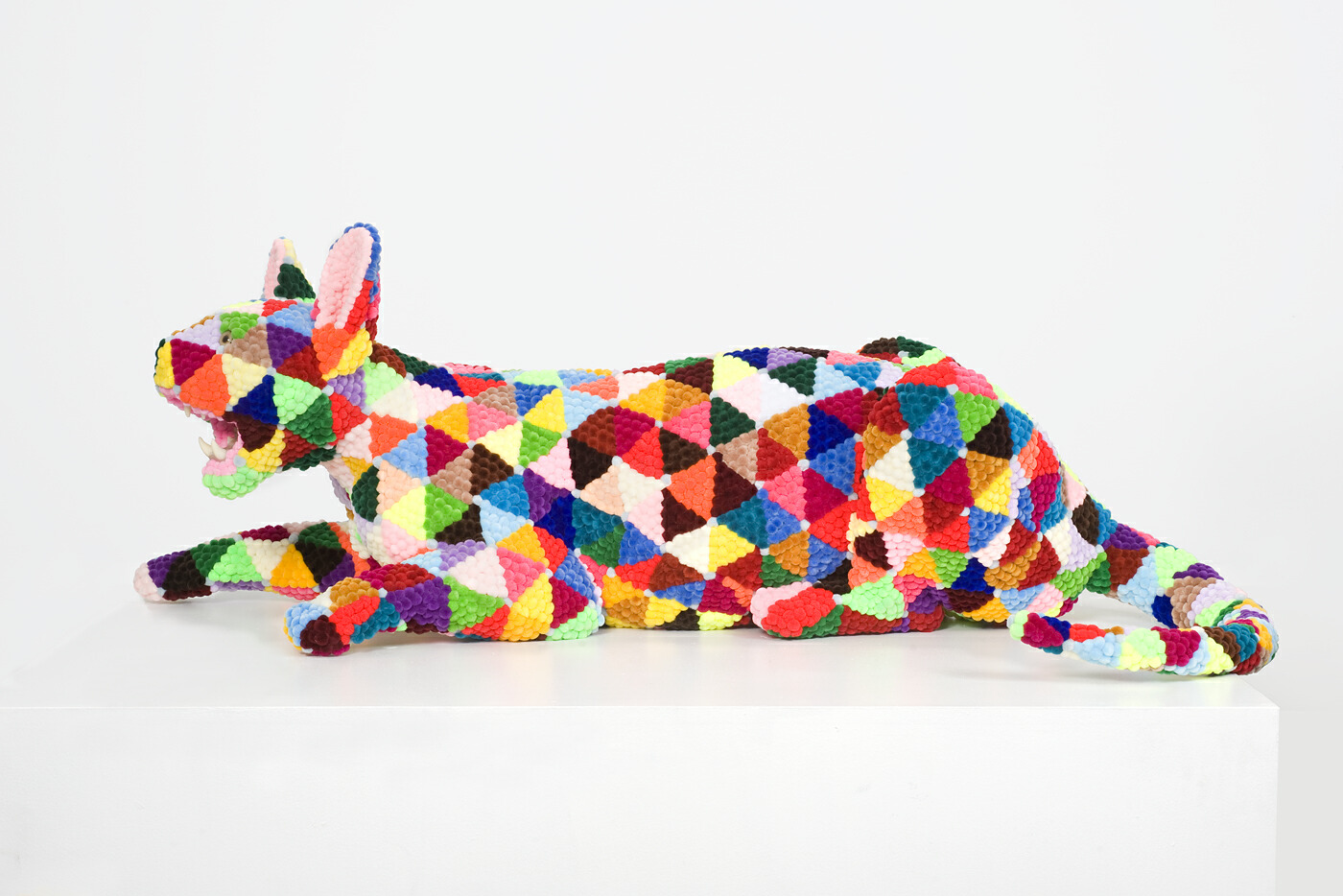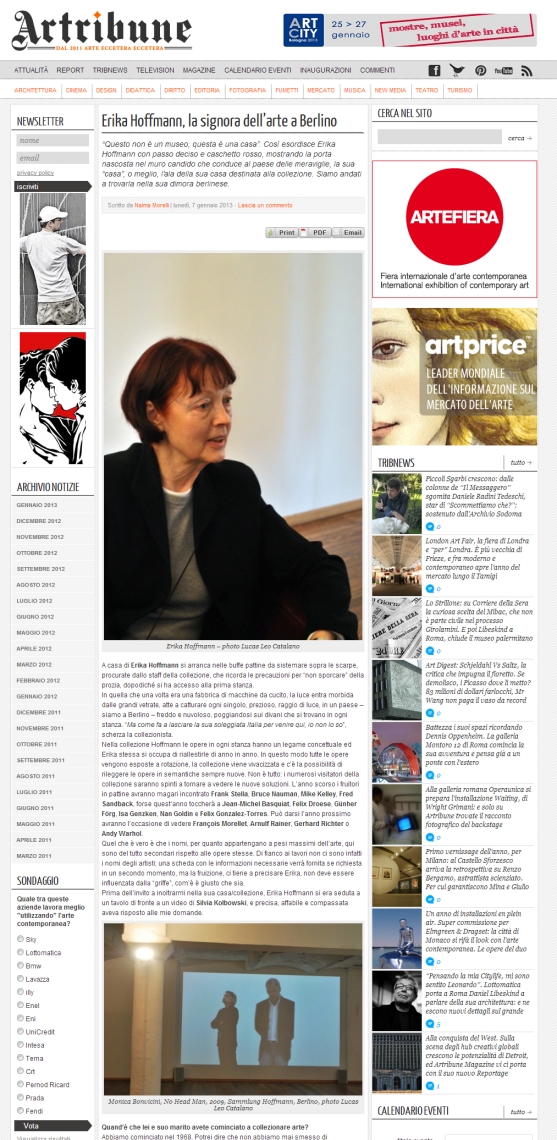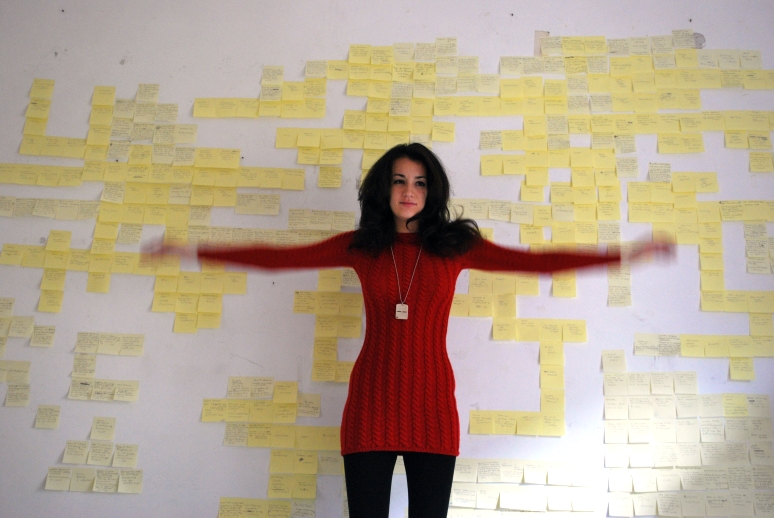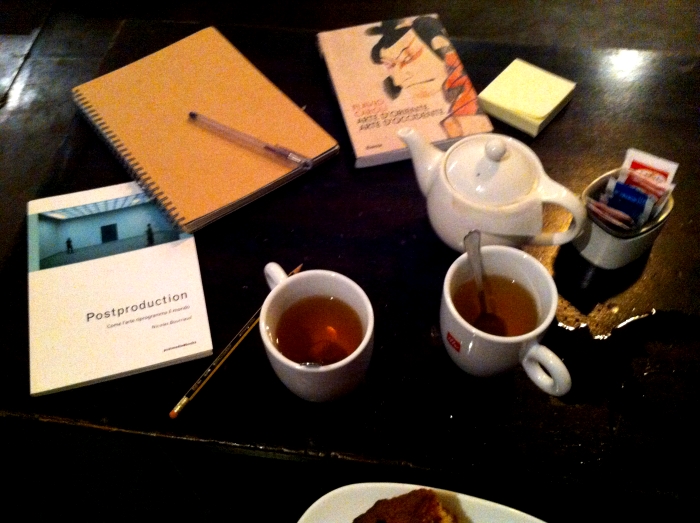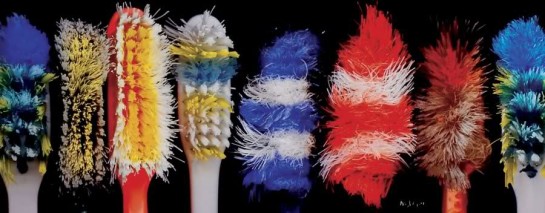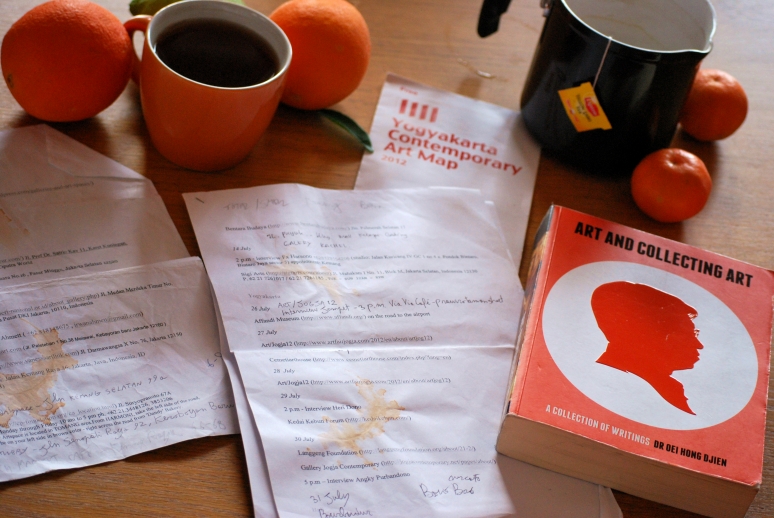
Ubud, Bali, Indonesia.
Non fatevi ingannare dalla bellezza del posto; dietro la luce che rende smeraldina l’erba, dietro le ranocchie spiaccicate sull’asfalto da jeep di passaggio e dietro le palme che sbadigliano sornione, c’è ancora tanto da fare, tanto da combattere.
Gede lo sa. Gede è nato qui e sua scelta di vita è stata quella di tornare a vivere ad Ubud, nelle risaie, dopo i suoi studi alla prestigiosa accademia d’arte nella capitale culturale dell’Indonesia, Yogyakarta.
Quello che rende la storia e l’arte di Gede così interessante è che, a differenza di molti artisti balinesi in fuga dell’isola o piegati al commerciale, lui ha deciso di rimanere e di condurre la sua battaglia sociale attraverso dipinti dalla satira feroce e plateali installazioni.
L’appuntamento è alla “Luden House”, un Warung/studio artistico inerpicato in una splendida zona di Ubud piena di ville in costruzione.
Se ancora avevo qualche dubbio su come trovare il posto, una grande scritta immacolata in mezzo alla risaia “NOT FOR SALE”, mi segnala di essere arrivata.
Gede, un ragazzo dal sorriso amichevole, si gode il sole ad uno dei tavoli fatto di copertoni verniciati di bianco – in Europa tale arredamento sarebbe già oggetto di design – mentre bambini allegri disegnano tutto intorno e ragazzine si fanno le foto davanti alla risaia.
Cominciamo a parlare in inglese, poi al momento di mostrarmi i suoi quadri, sceglie l’indonesiano.
Mi mostra questa serie di dipinti dove i protagonisti sono una rana avida, e un doberman.
– Di che si tratta questo lavoro?
Questa qui è una serie di cento quadri, non ancora terminata, concepiti come un fumetto. La storia parla di questa rana, rappresentante un po’ tutti i balinesi, che viene convinta da questo cane a vendere il proprio campo di riso.
Read More
